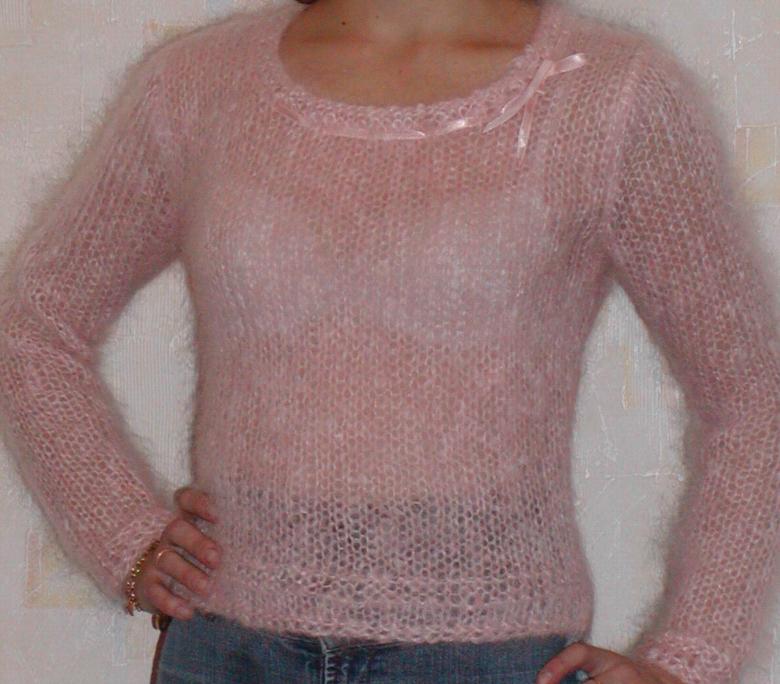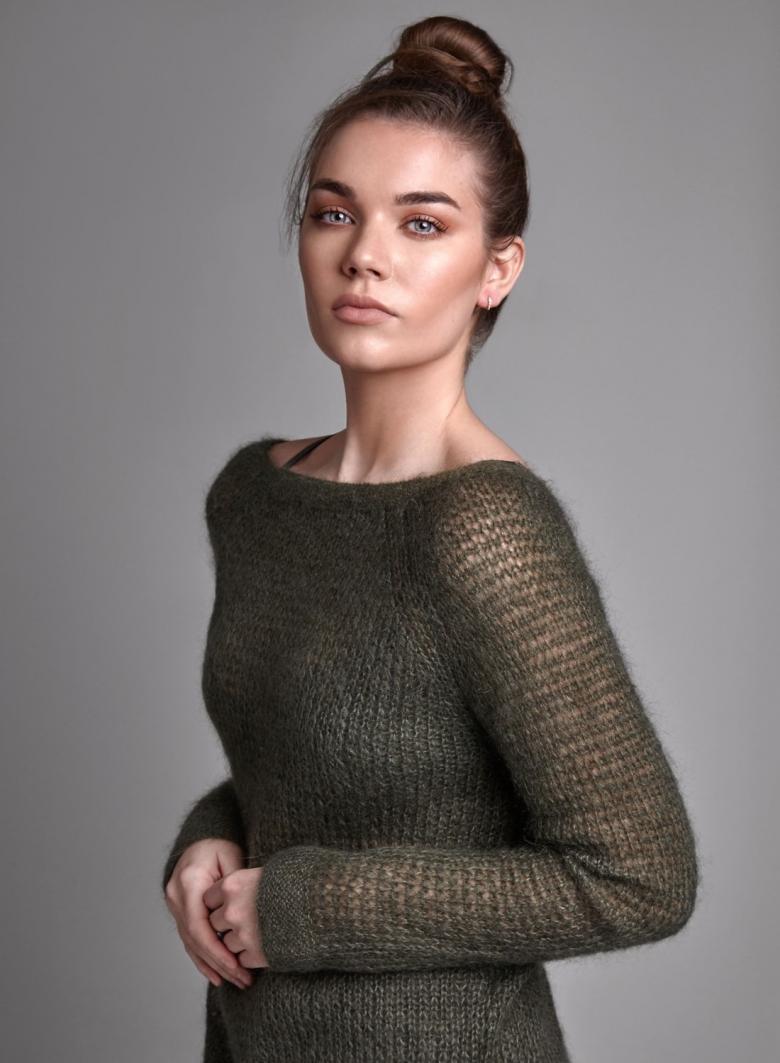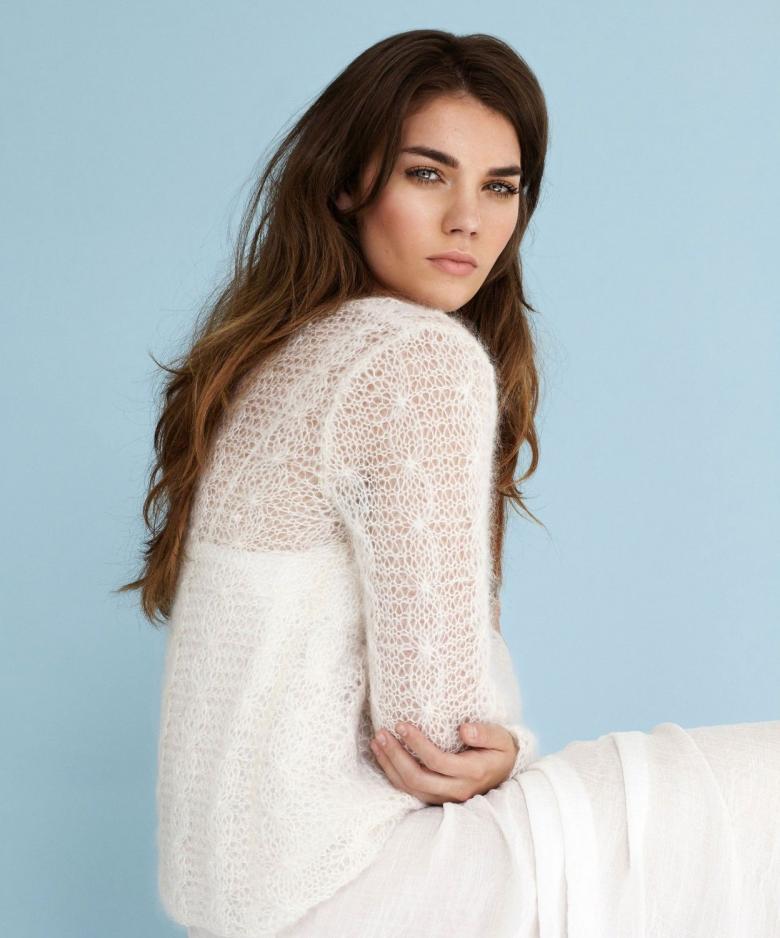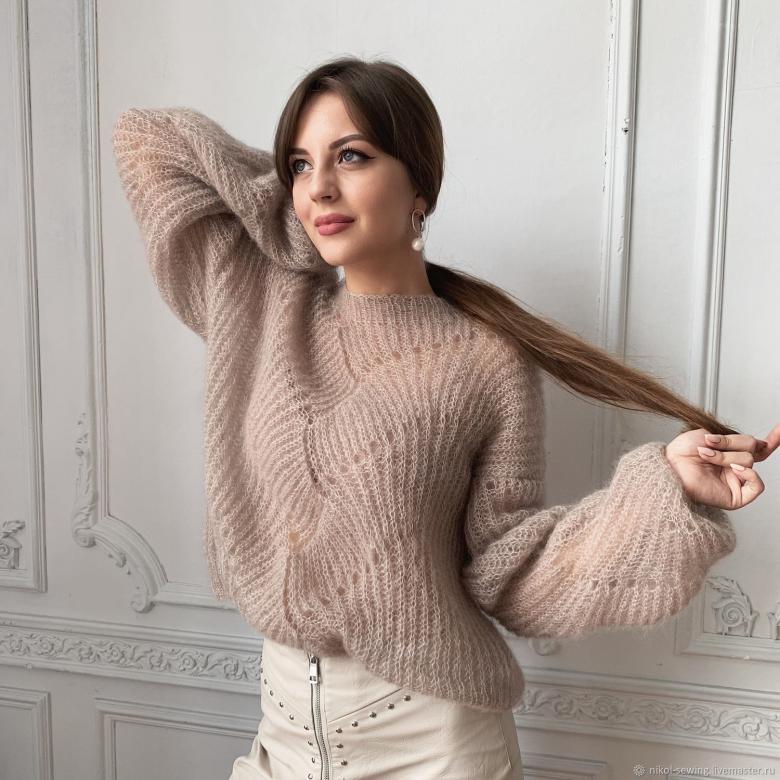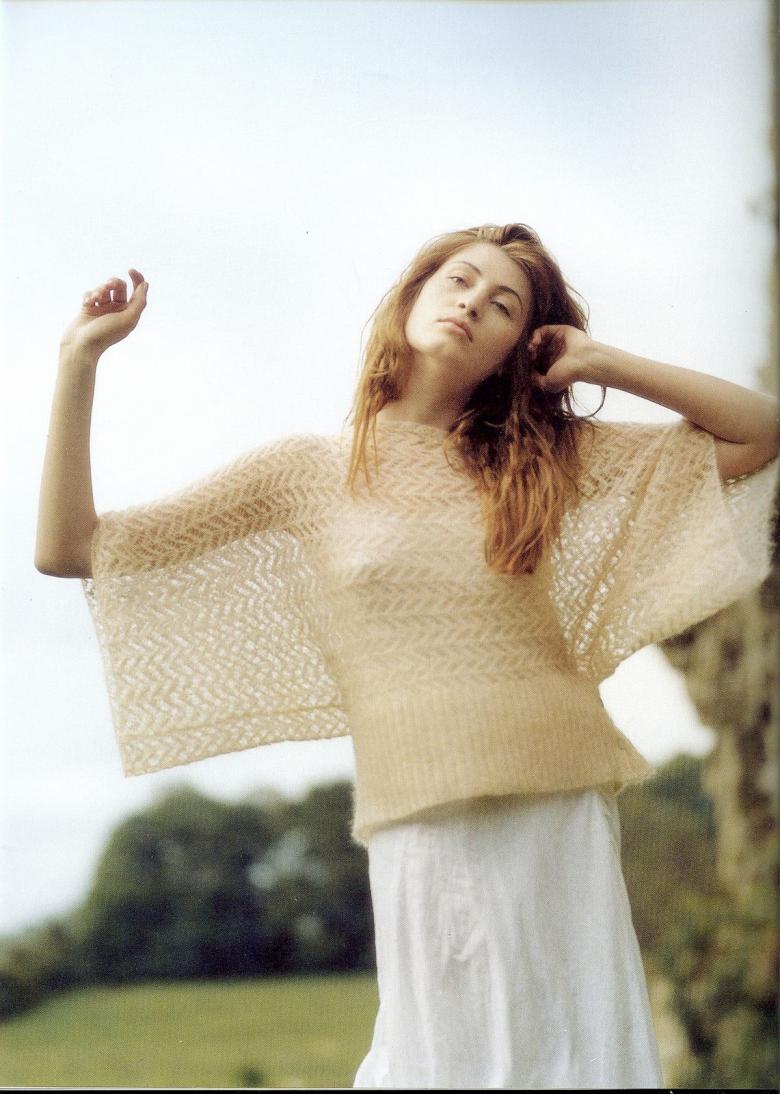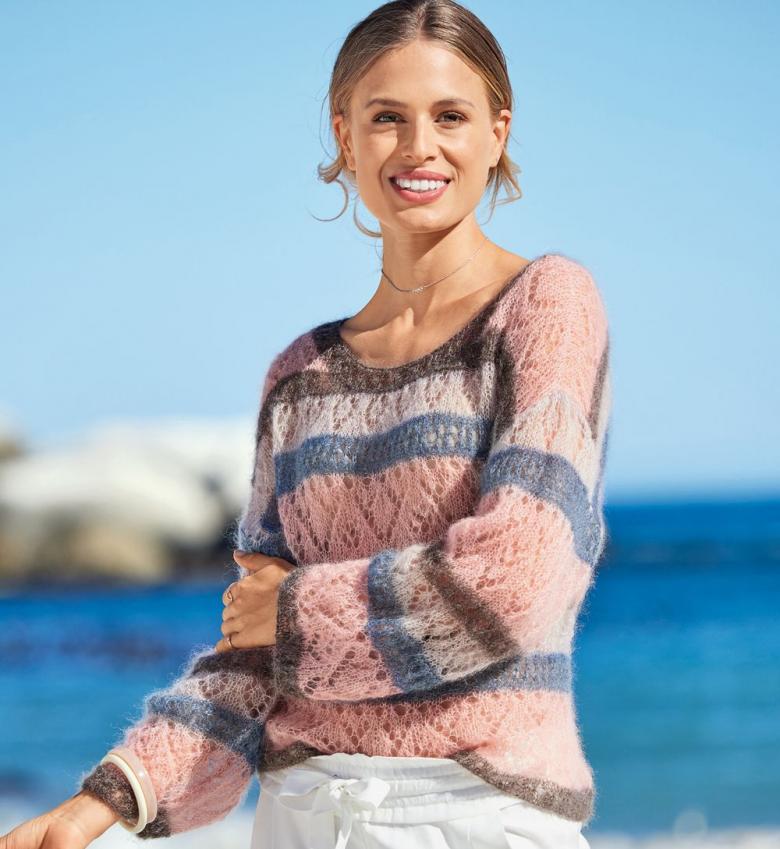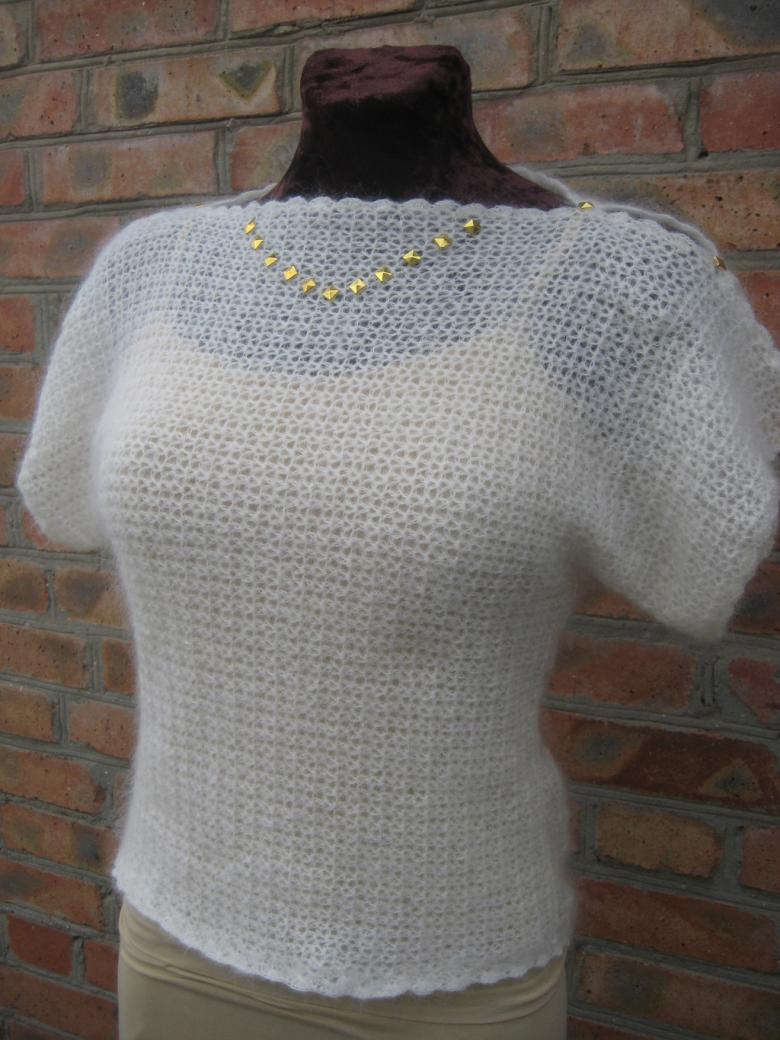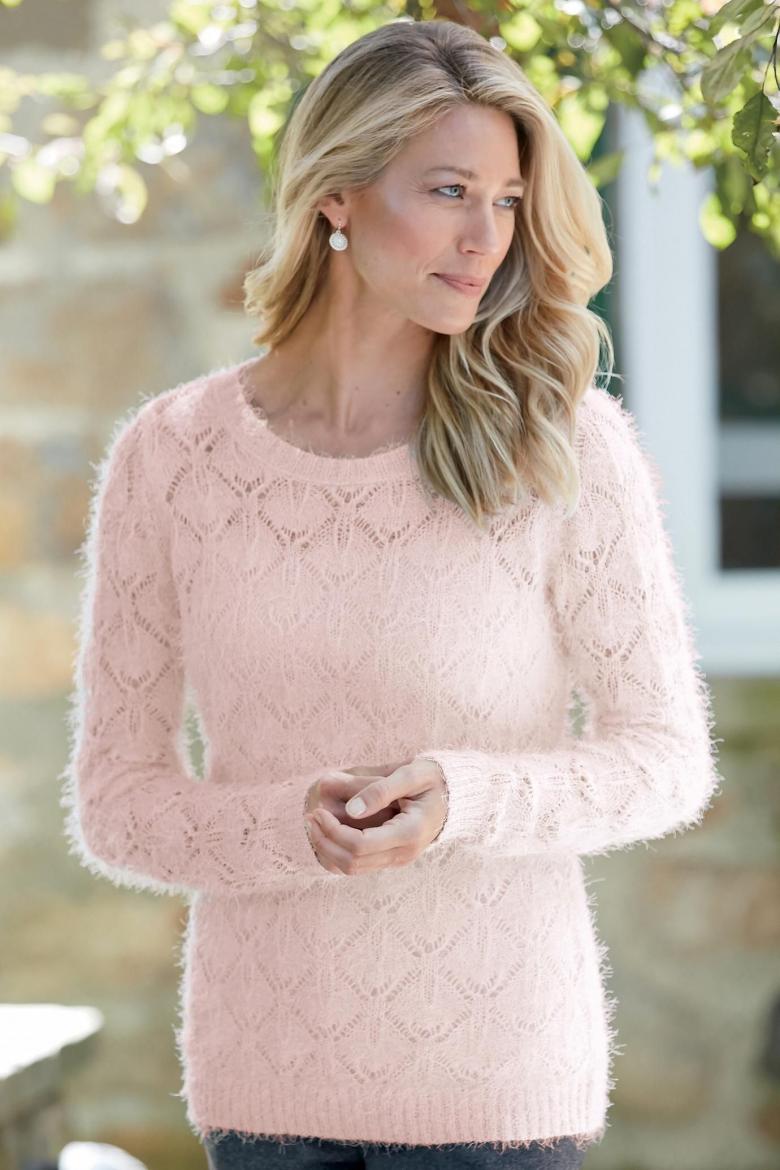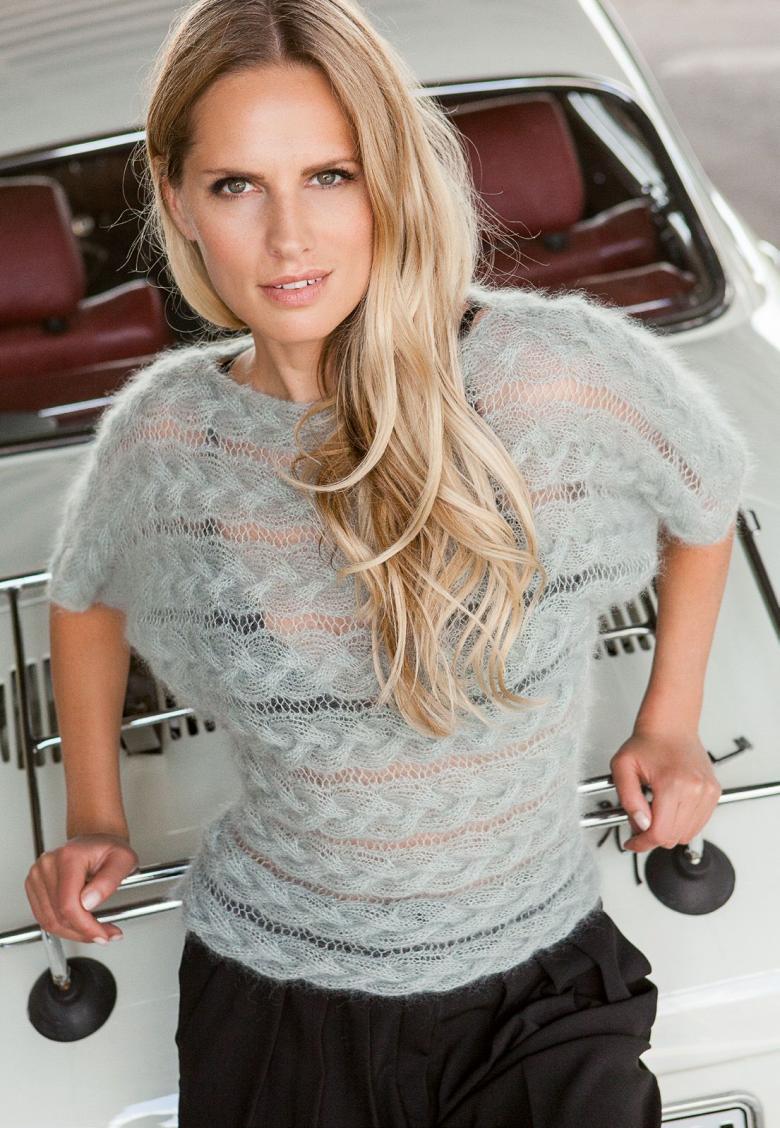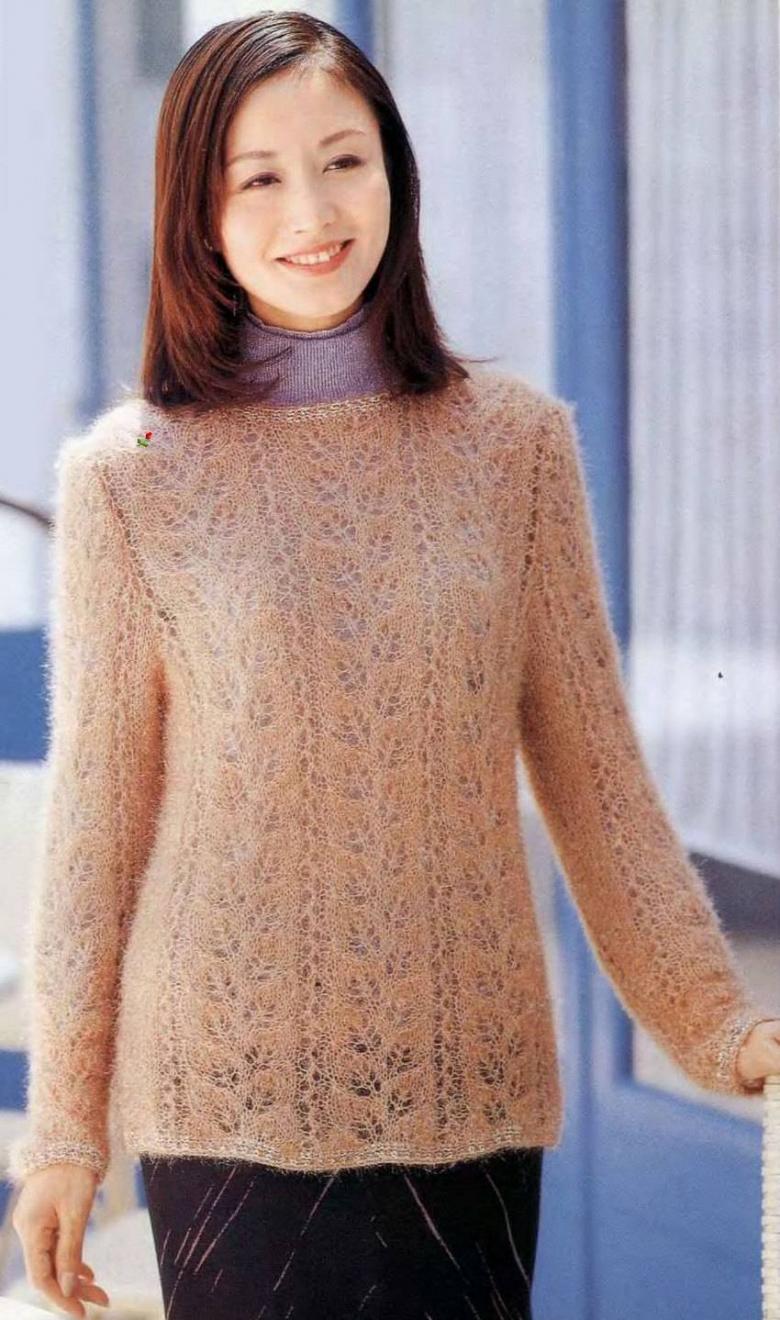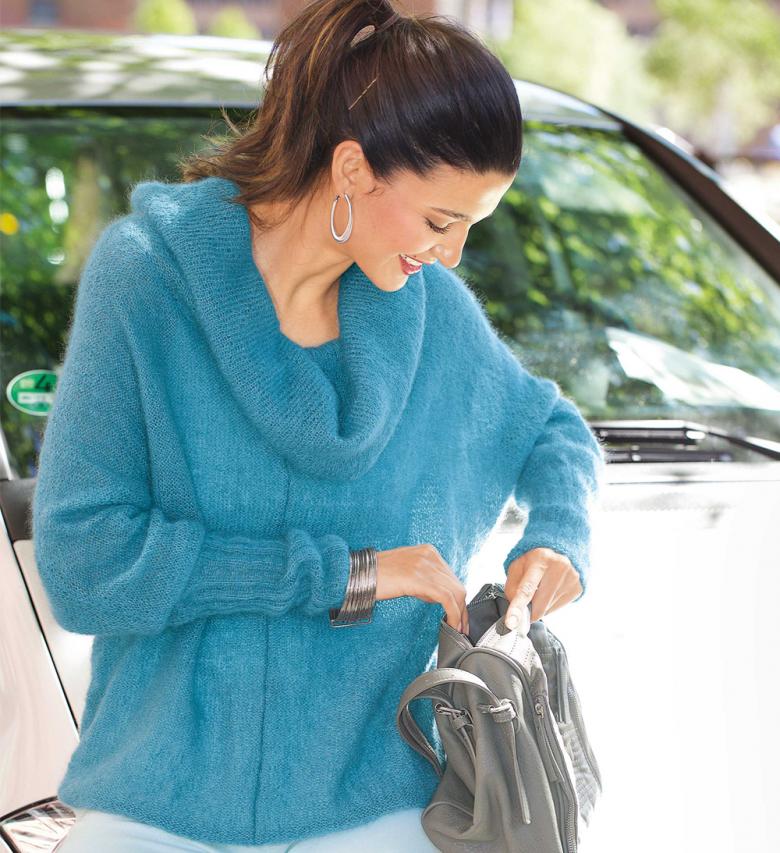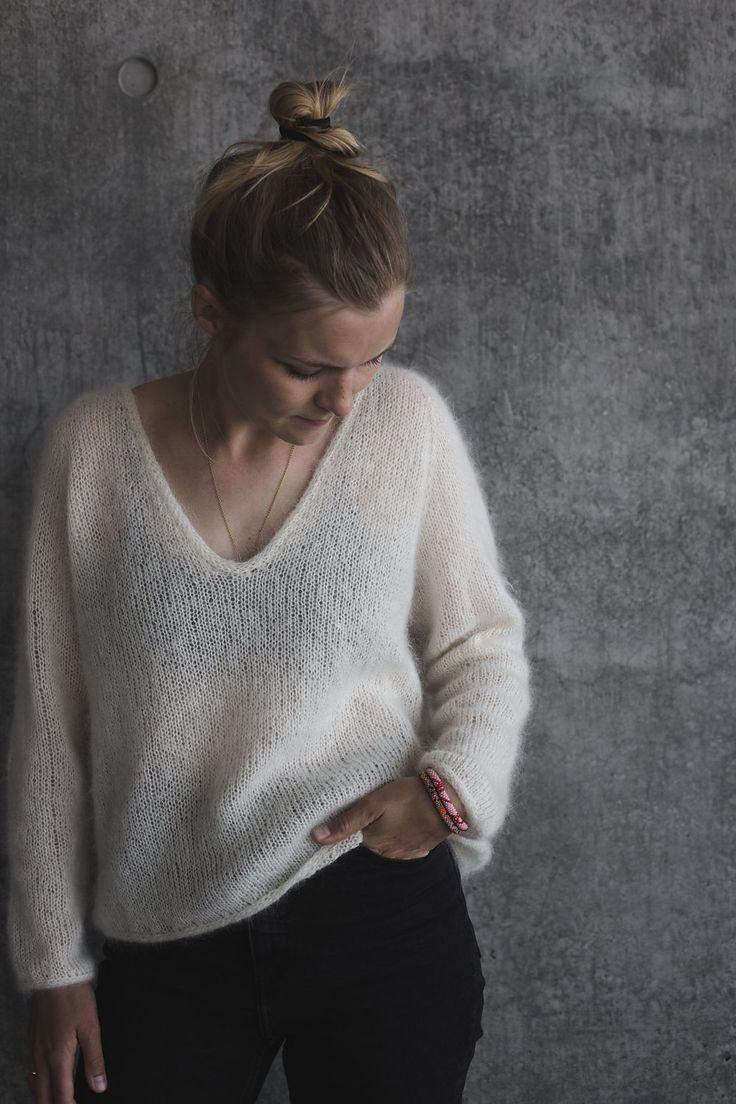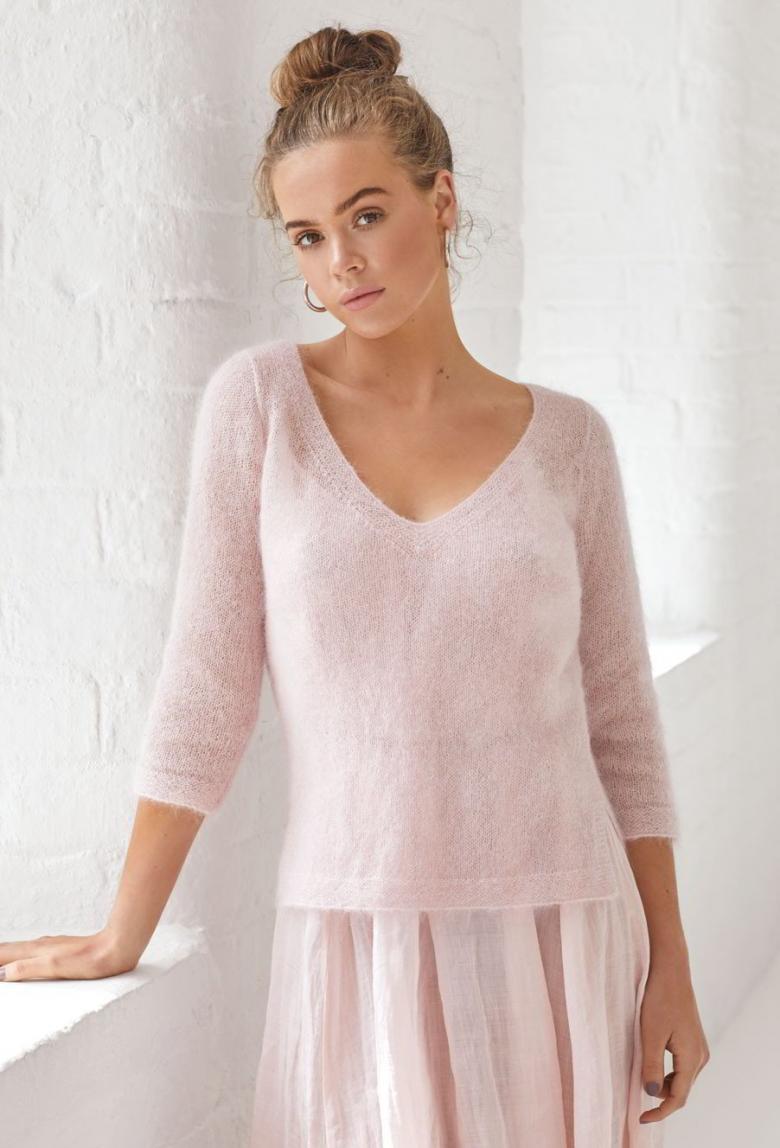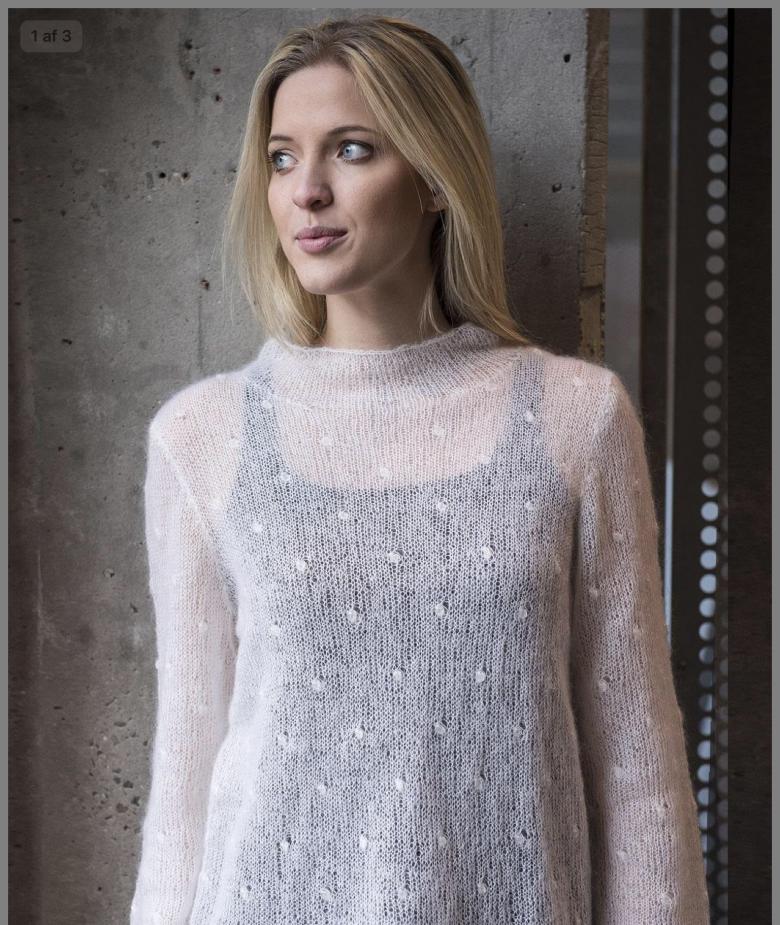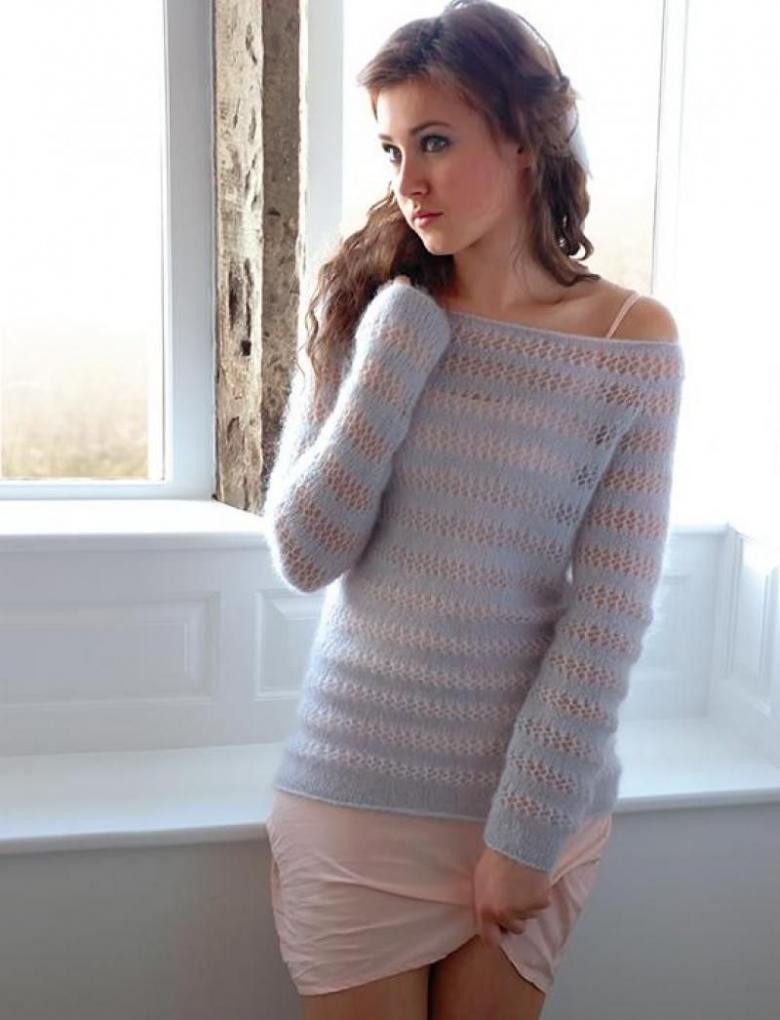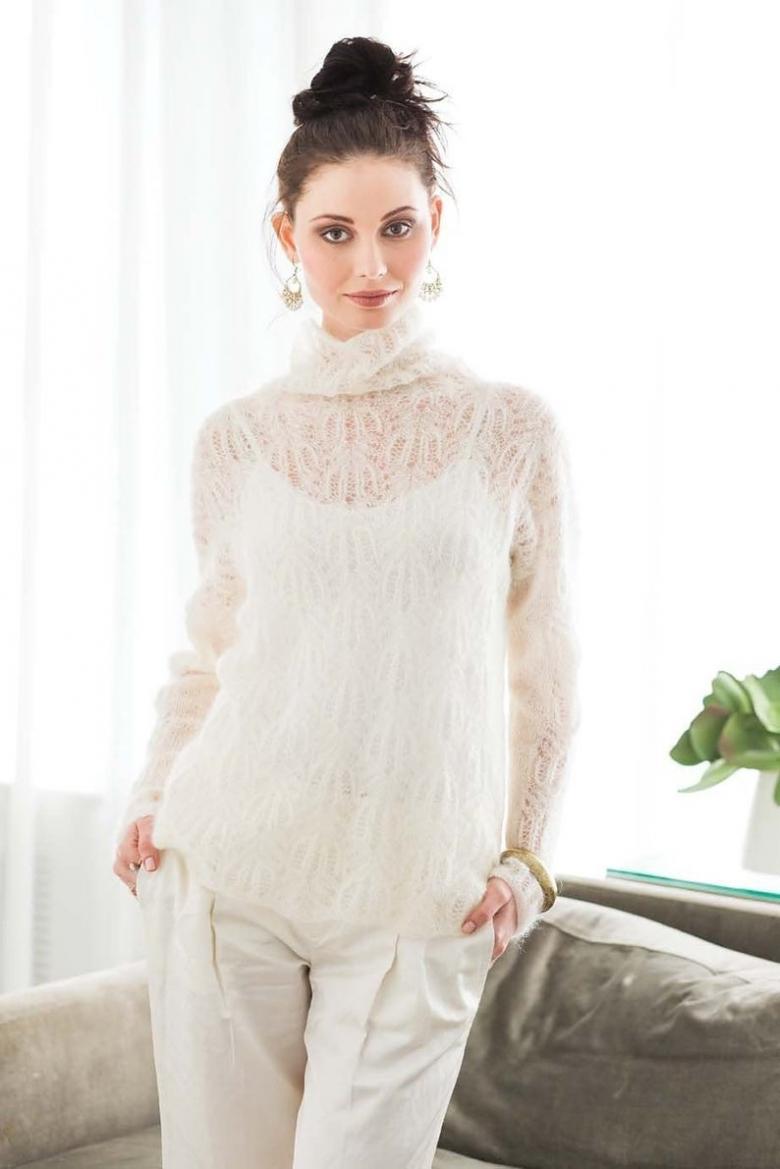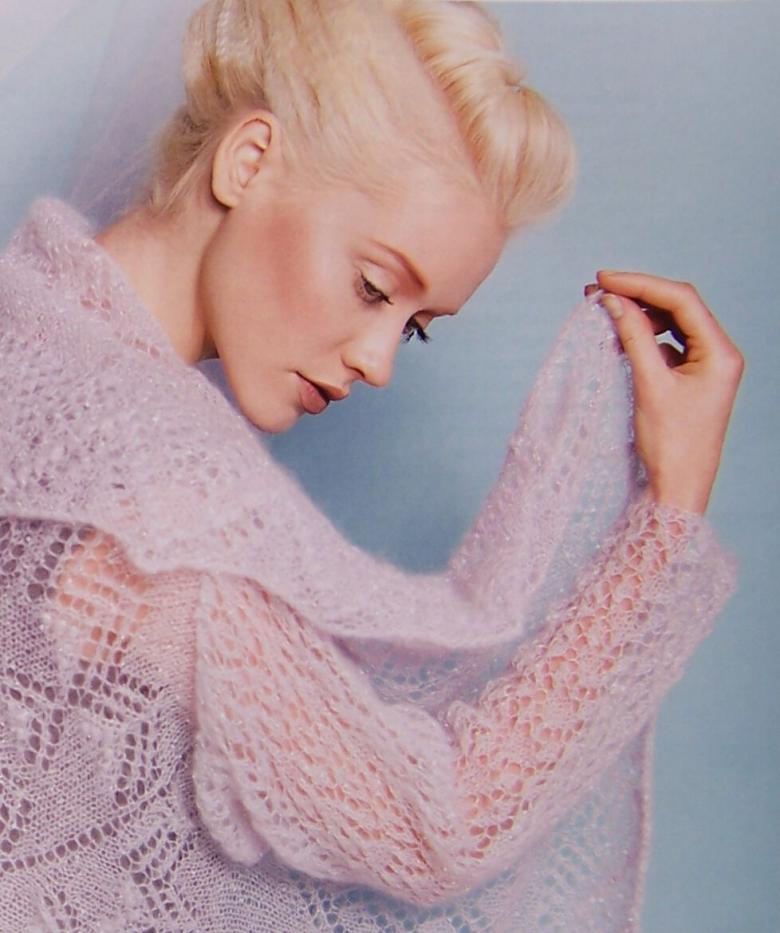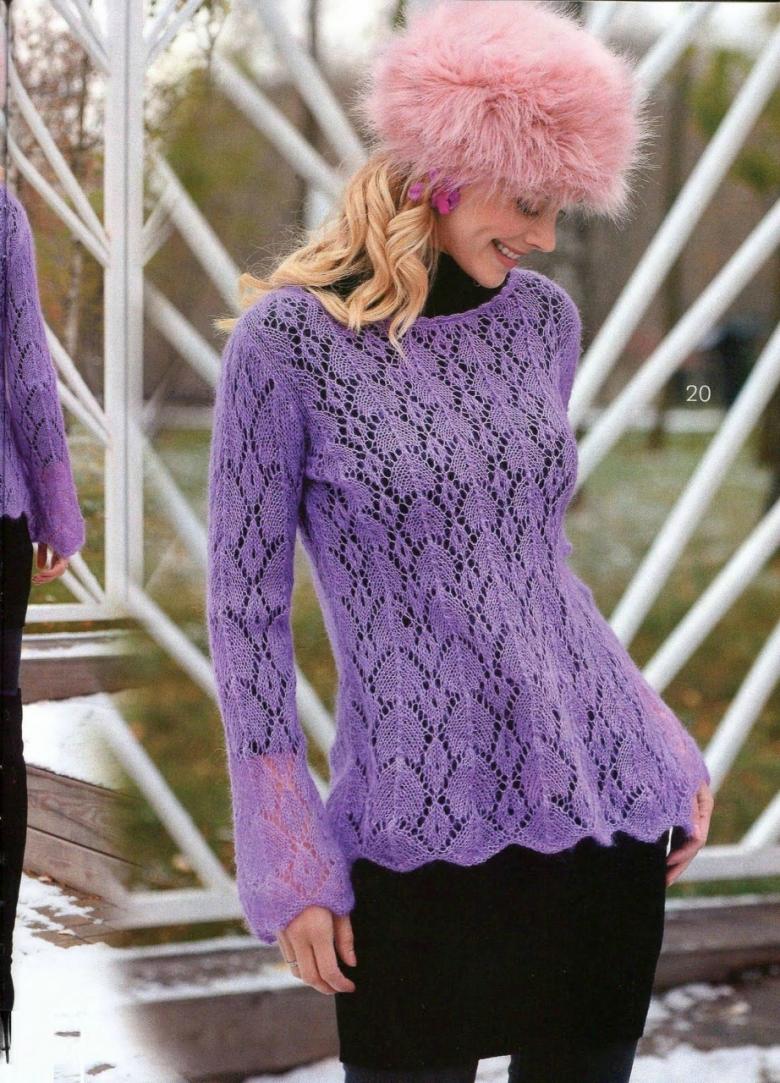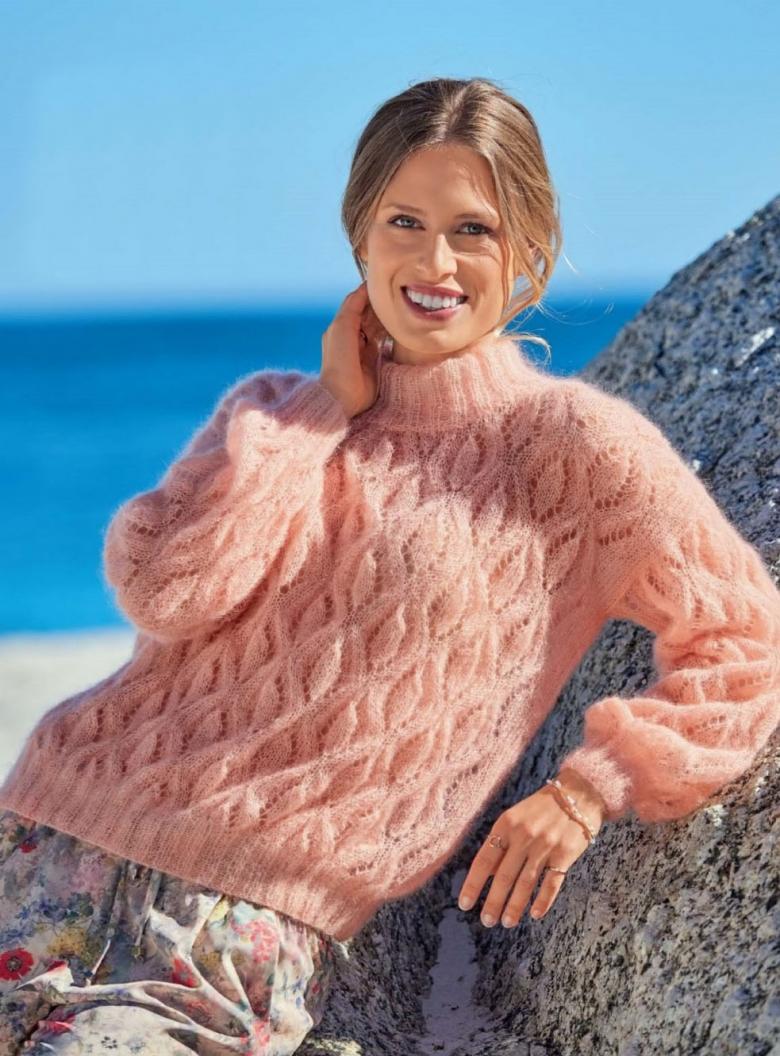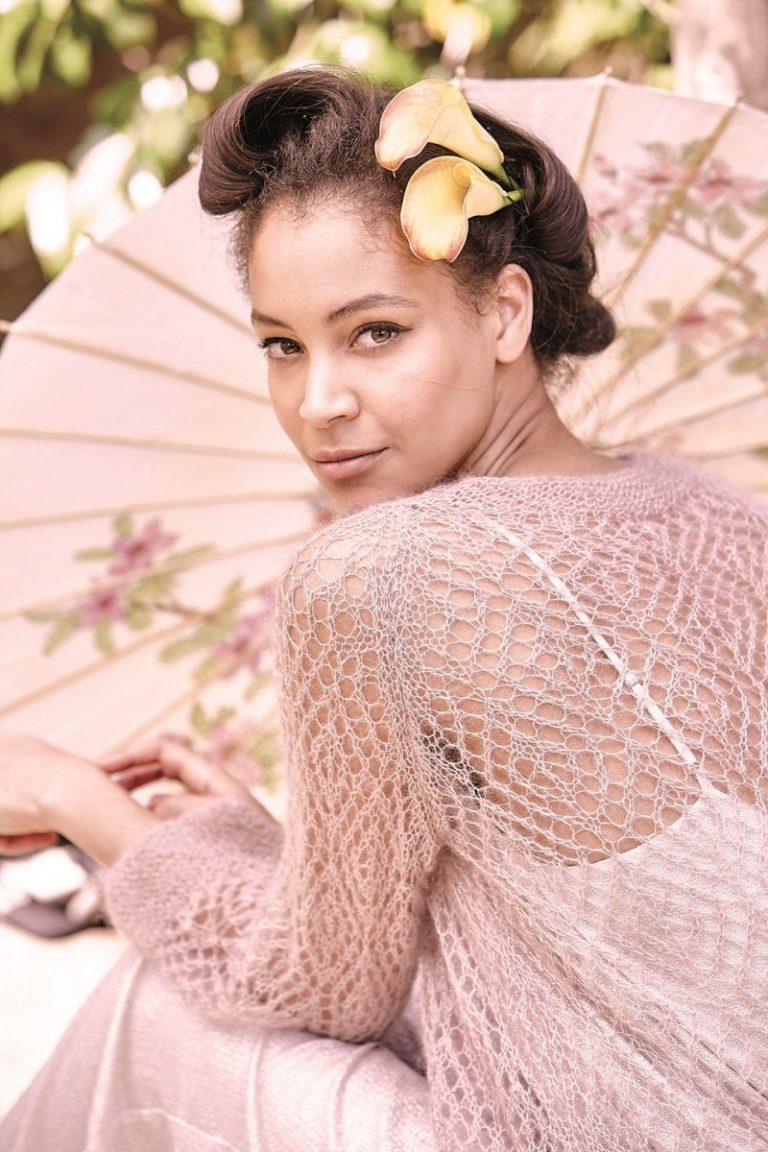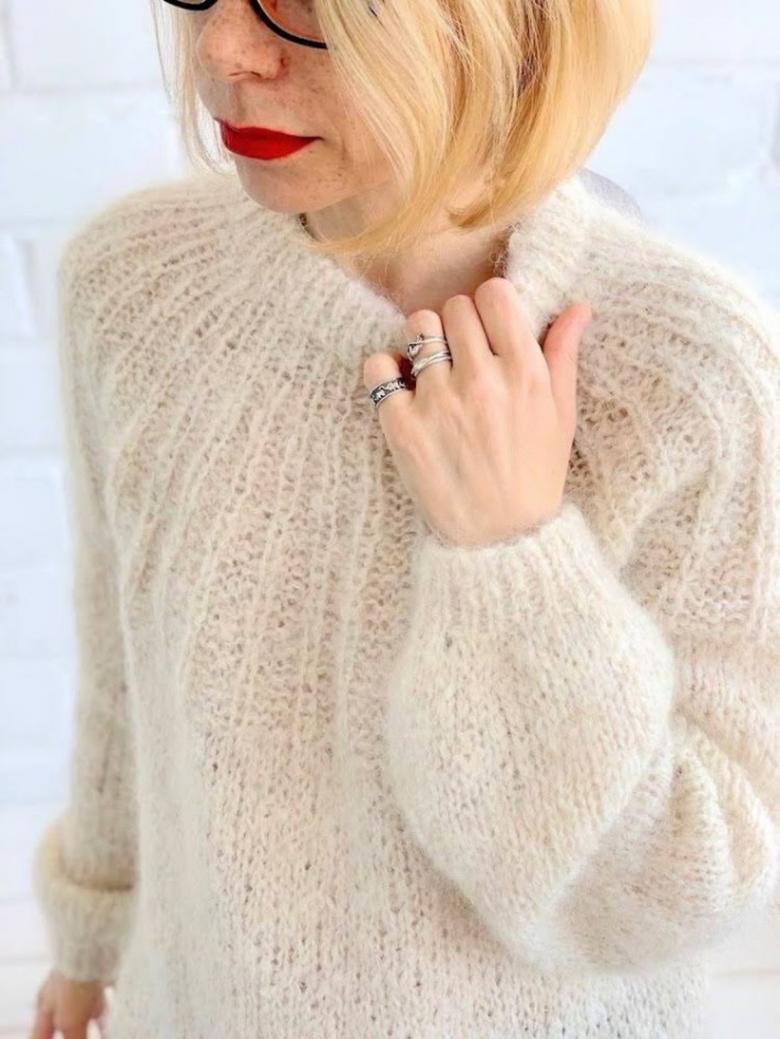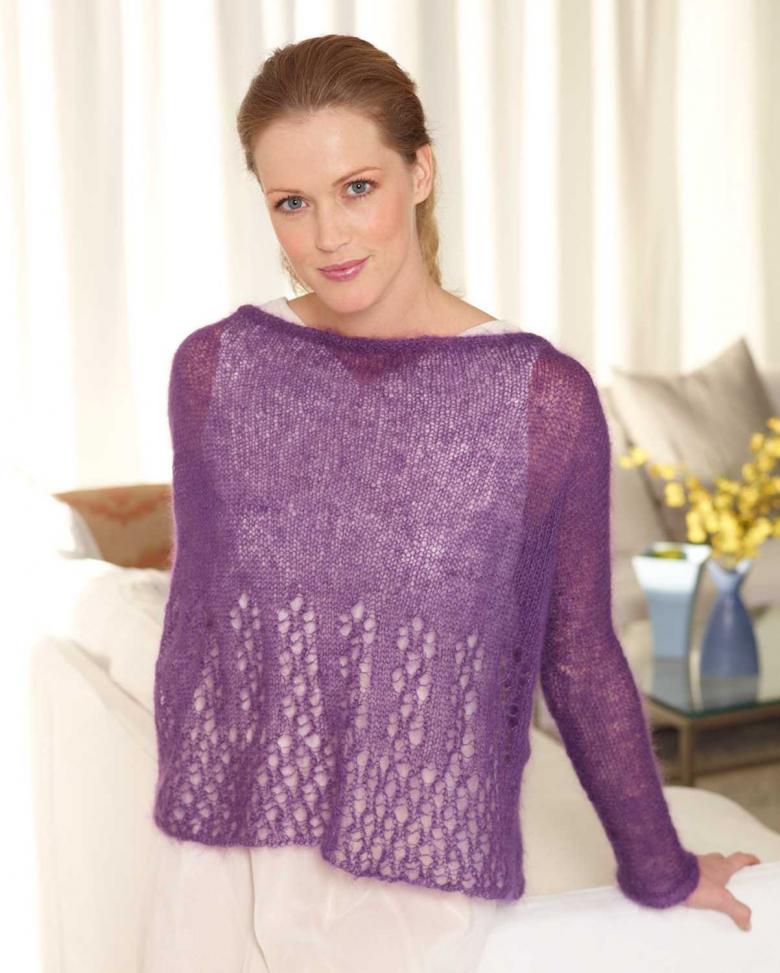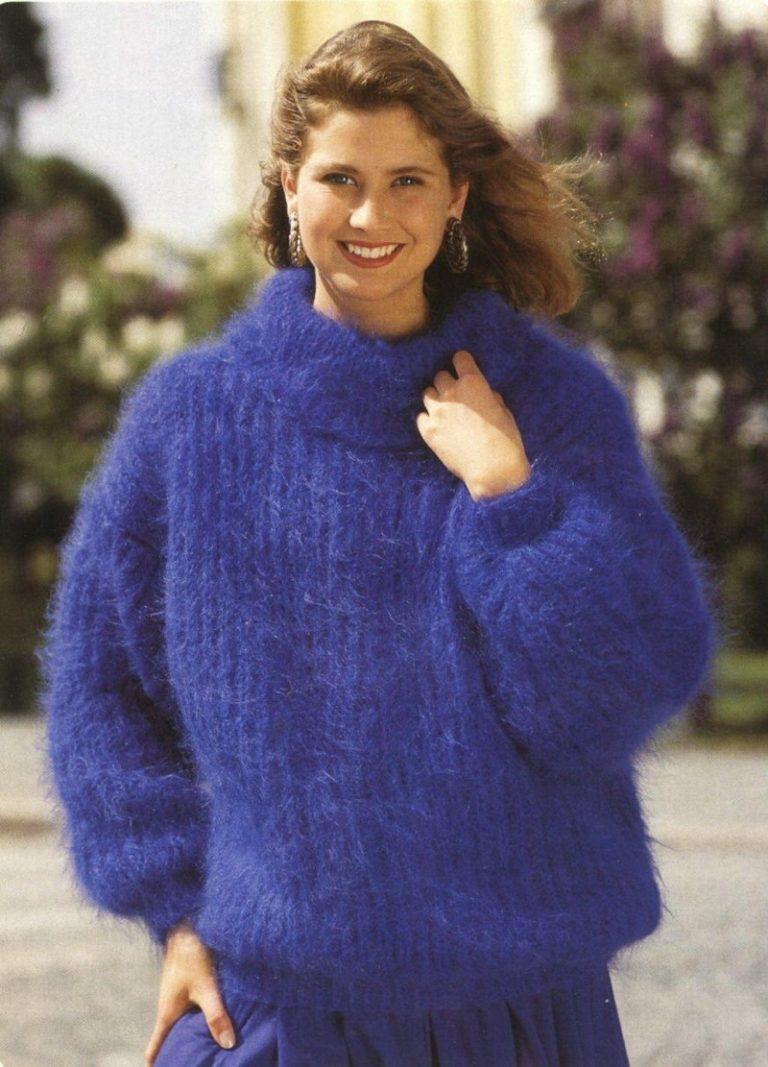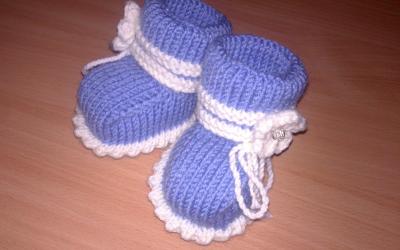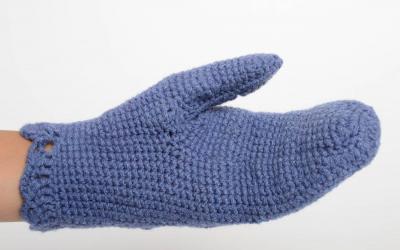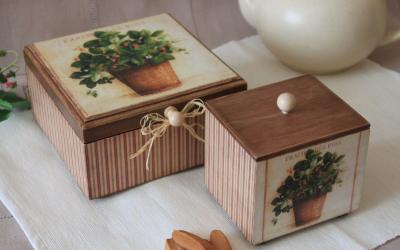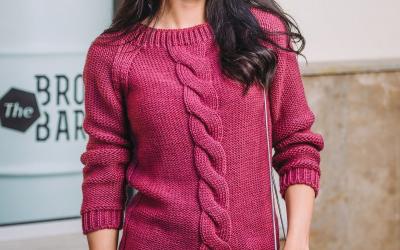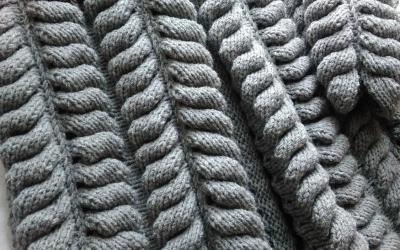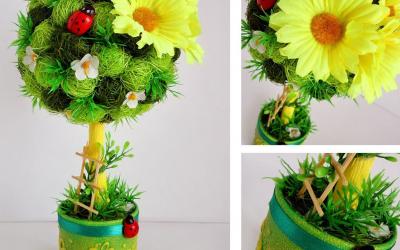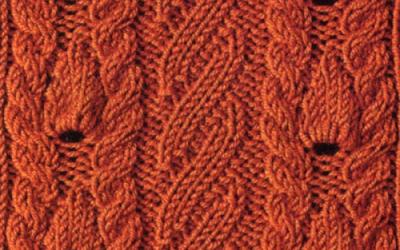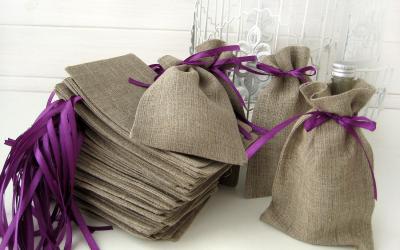Knitting with mohair for women in knitting - a detailed description of the knitting schemes, photo ideas, tips
Mohair is a kind of yarn for knitting garments. In the composition of mohair there is 83% wool Angora goat. Goat hair structure is long and fluffy, which gives the products the effect of caressing softness and tenderness.
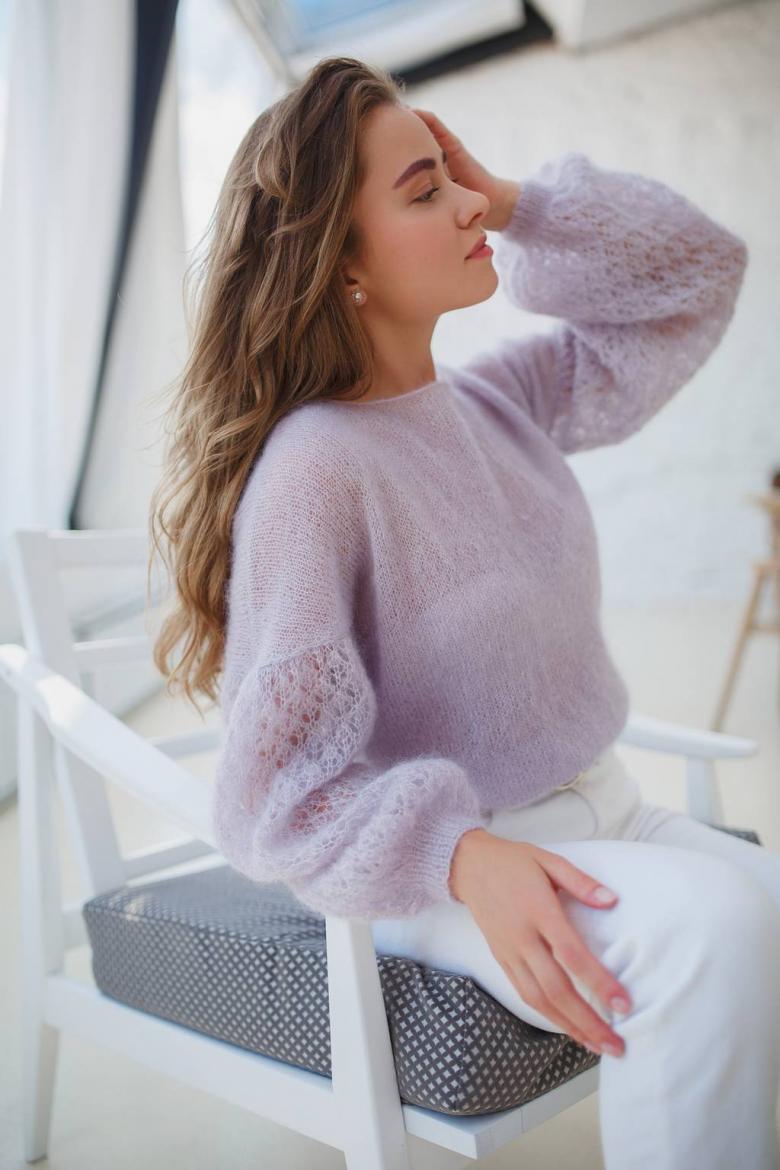
Mohair yarn is used to create weightless stoles, beautiful sweaters, scarves, snoods, hats with patterns of any complexity.
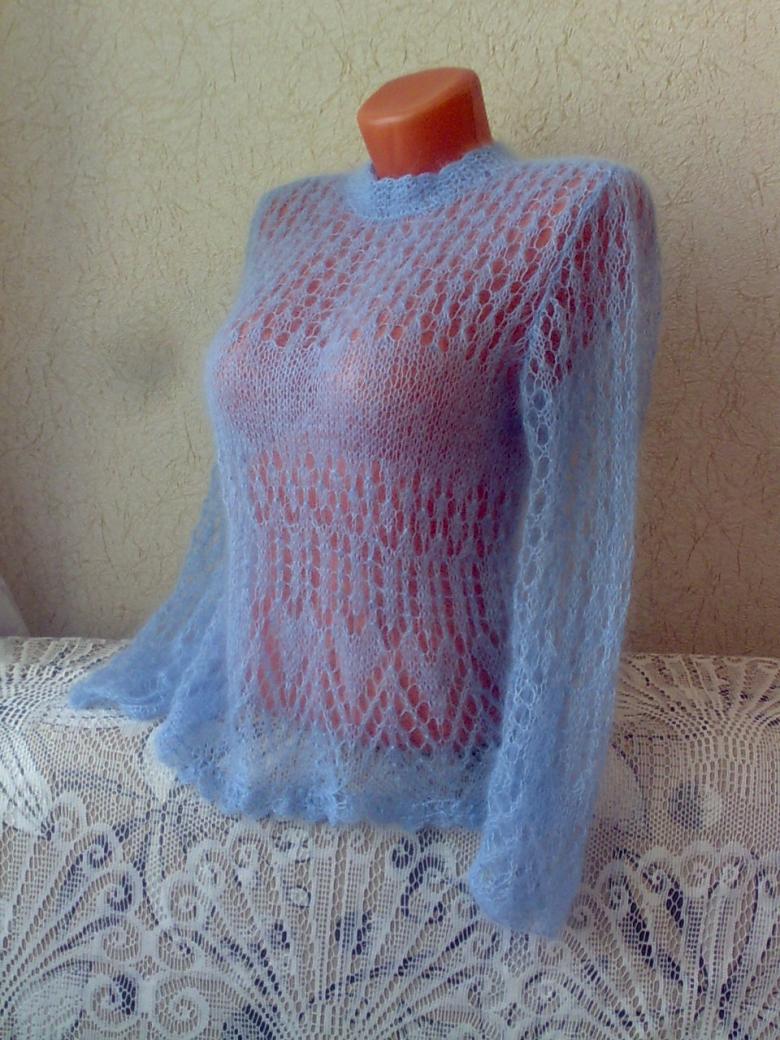
Needlewomen appreciate mohair for its warm qualities, rich color palette and hypoallergenicity, which allows you to create beautiful safe models for children, including newborns.
Advantages of mohair
Mohair yarn is popular among needlewomen. No one is left indifferent to the weightlessness and cozy warmth, which give mohair things. In any person's closet there is at least one accessory made of soft and fluffy yarn.

Mohair compares favorably with other types of yarn and has a number of advantages:
- durability, achieved by weaving acrylic or silk threads into goat's wool;
- durability;
- soft, silky texture, causing a pleasant tactile sensation;
- durability, things made of mohair last a long time, without losing their "trade dress";
- the thread does not twist during knitting;
- the knitted fabric does not show lint, by this property we can judge about the quantity of natural components in the yarn and its quality;
- the yarn is thin, with a fluffy pile;
- quiet, unobtrusive sheen;
- retains heat well.

Mohair can sometimes be confused with angora yarn, which is based on rabbit wool. Rabbit wool has an increased fluffiness, because of this its strength properties suffer. Products made of angora wool quickly fall out of use, the threads separate, the fabric is easy to damage.
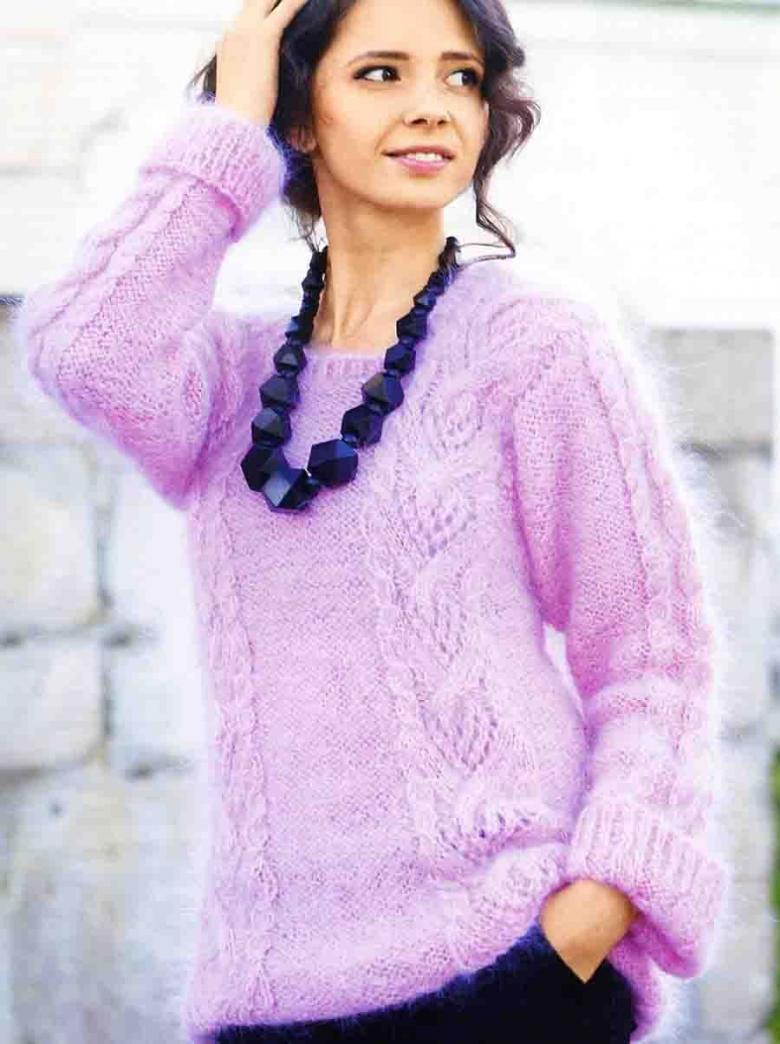
Mohair is made of goat's wool. Goat hair in its pure form is not used anywhere, it is separated into fibers. To improve the strength characteristics, the wool is combined with strands of acrylic or silk.
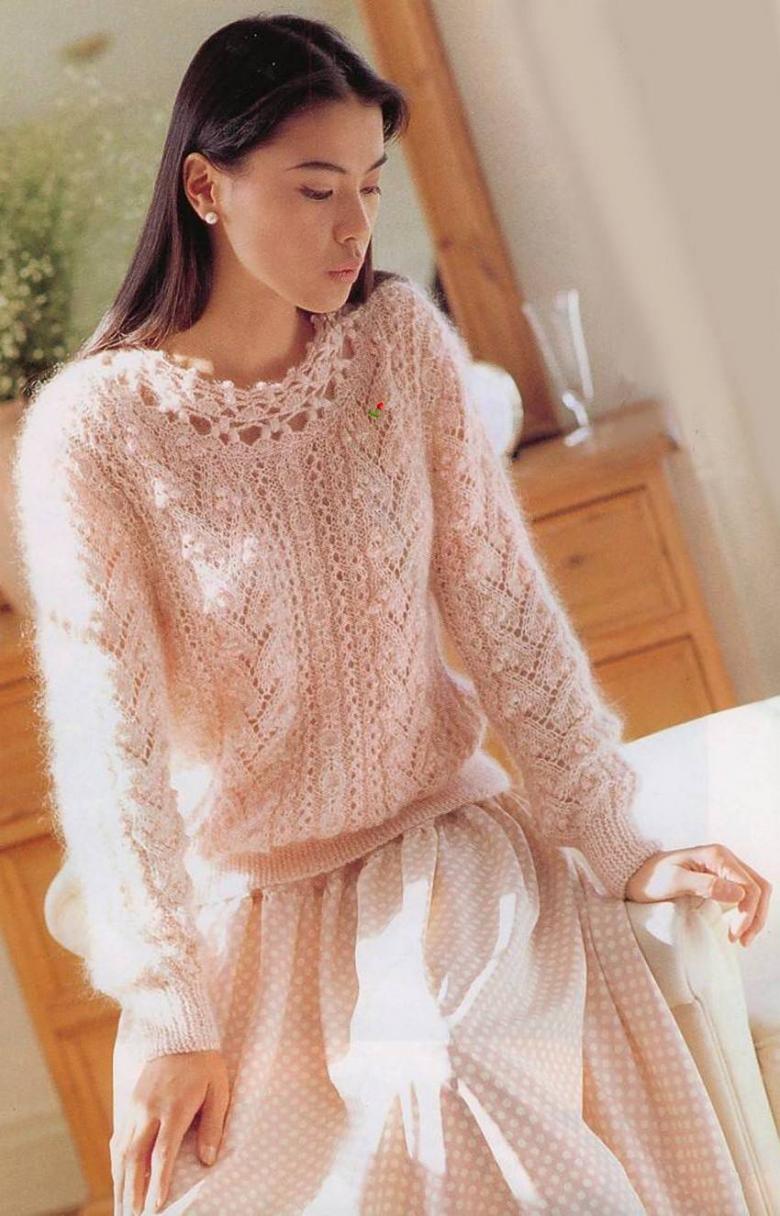
Women note an amazing property - mohair fabric resists dirt, the products when worn daily for a long time remain fresh and clean.

Features of mohair knitting
Mohair is not like the usual warm yarn with thick yarn. When knitting from it, you need to keep in mind some peculiarities.
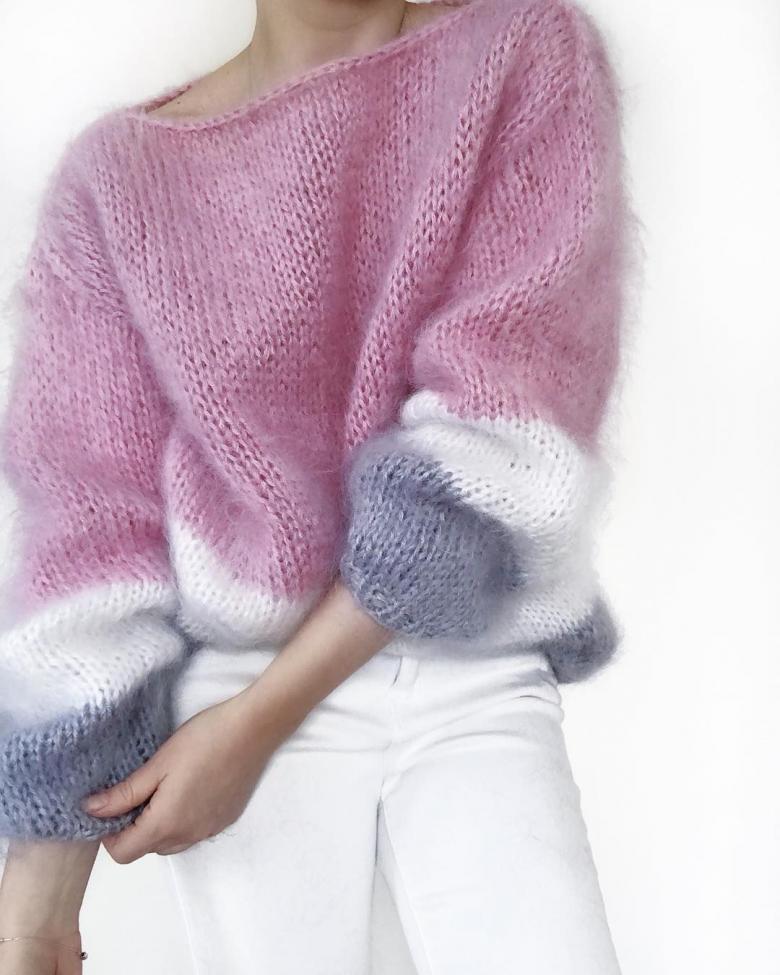
The secrets of knitting from mohair:
- The needles should be chosen a size larger than traditionally required by the thickness of the yarn. This is due to the fact that the mohair fabric should not be dense. The highlight of the yarn is in its softness and fluffiness, and the tight knitting hides these unique properties. Experienced knitters in their practice have "got a hand" and know how to control the length of the pulled loop, so they can knit with any knitting needles.
- Regardless of the chosen pattern, the fabric will always be openwork, almost transparent, but still very warm.
- In the process of knitting, the thread should be well stretched, without sagging. Then the product will hold its shape for a long time.
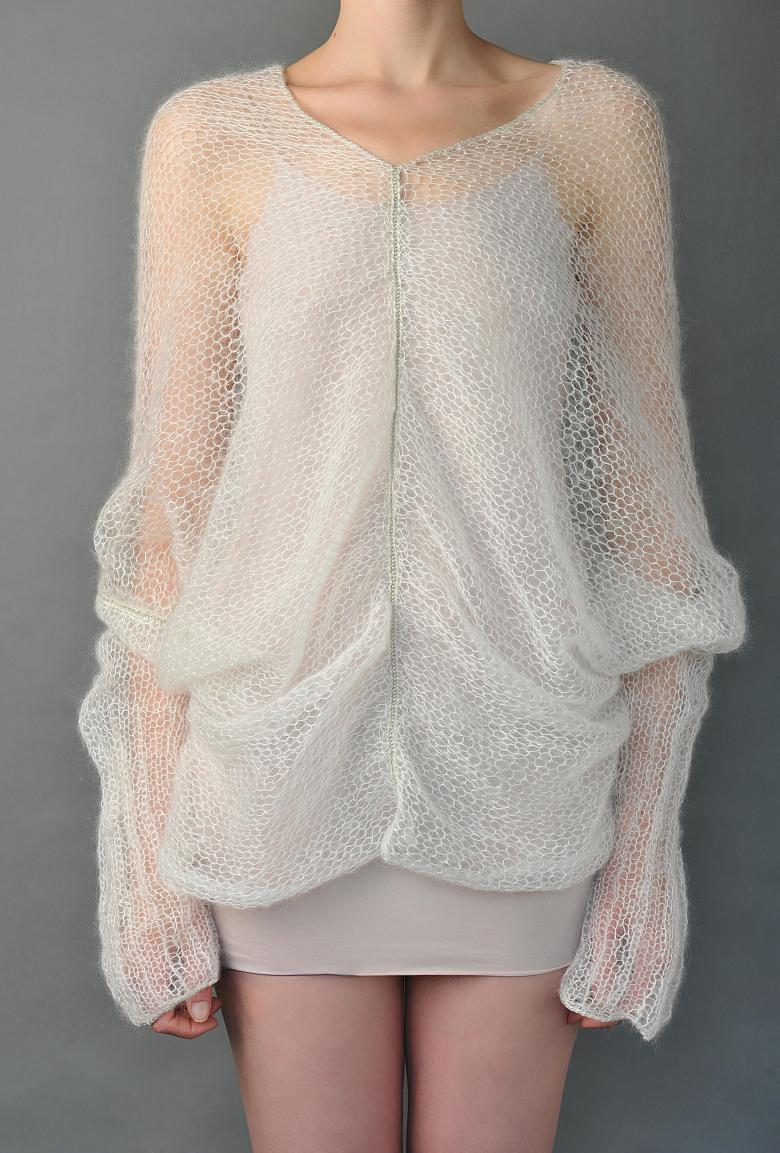
Varieties of mohair
The material within its type has varieties, which differ in density and scope of application.

Types of mohair:
- Kid mohair, the most delicate yarn with a thin thread, suitable for knitting children's models;
- Gatling, the yarn is obtained from the wool of young goats (under the age of two years), it is thicker than kid mohair, good for dense patterns;
- Edalt mohair, the yarn is thick, dense, ideal for primitive patterns.
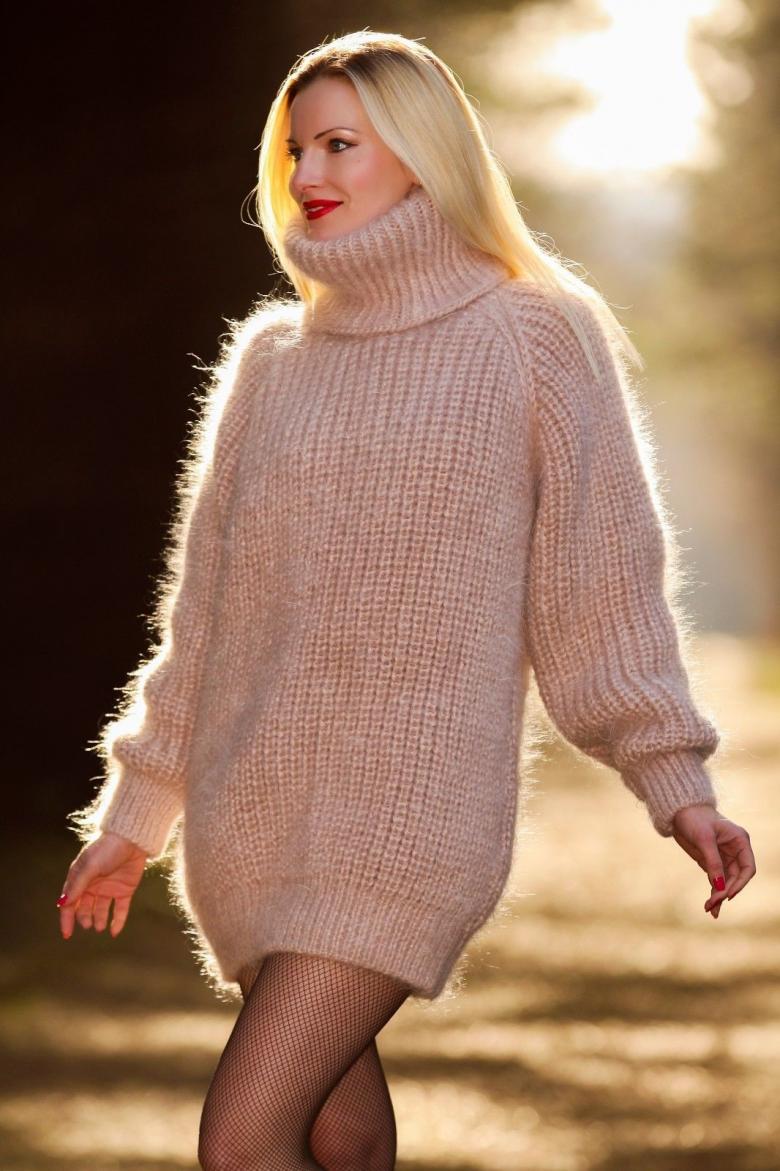
The final result depends on the choice of yarn. Using thick yarn for children's delicate garments is unwise, the products will be inorganic.
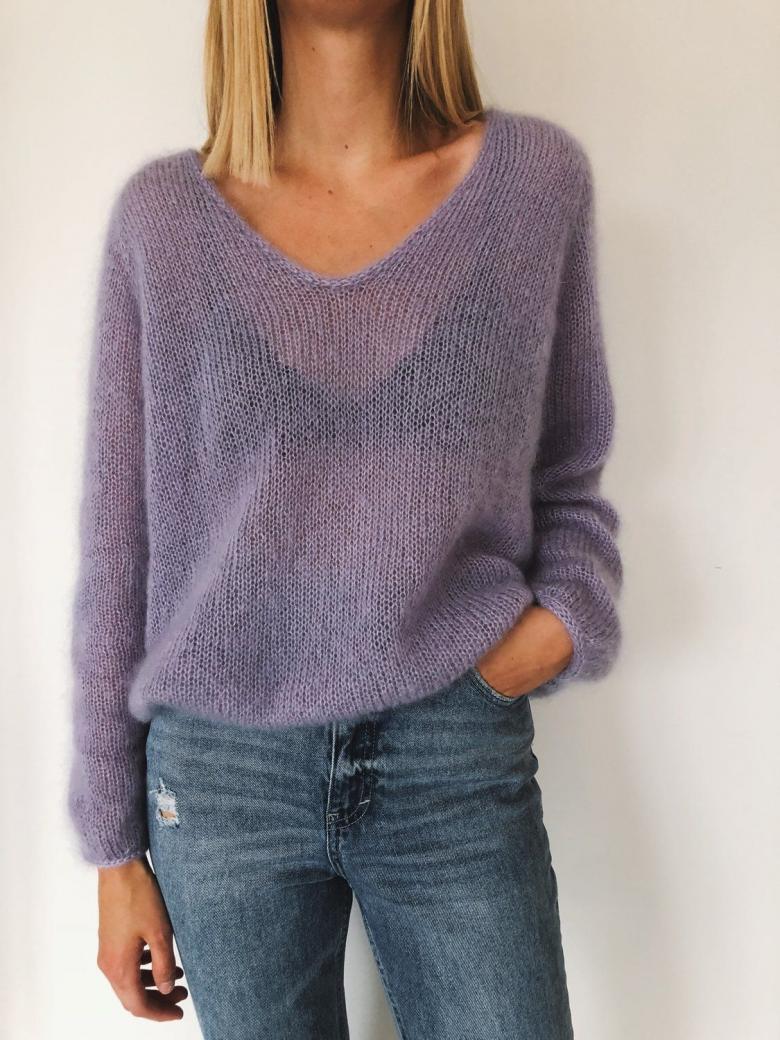
Goat's wool is good in that it easily absorbs dyeing substances. Therefore, the yarn is on sale in a wide range of colors, from delicate children's to strict men's shades.
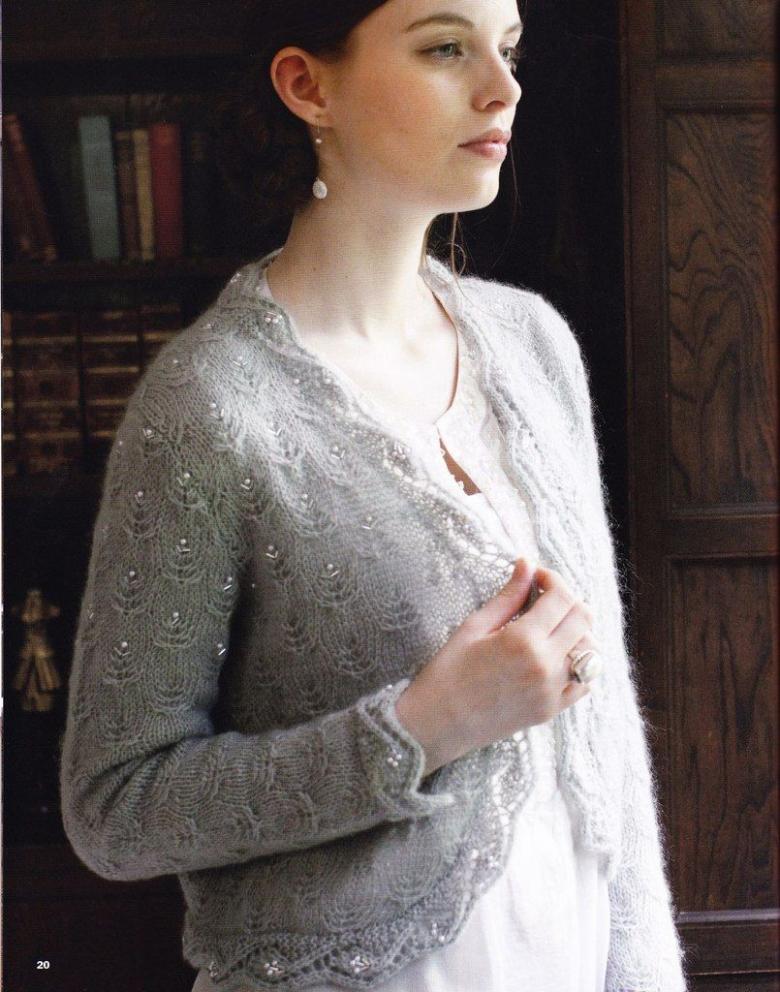
Elf hat for a baby
To knit children's models take a yarn kid mohair. Before you begin, you need to take measurements from the baby, namely, to measure the length of the oval of the face with a soft meter. Next, knit a sample. It is needed in order to knit a hat to size. Sample knit as follows:
- Dial 20 loops on the needles;
- Knit a small cloth in length of no more than 10 cm;
- Measure the width of the cloth with a ruler and write down that the 20 loops turned out, for example, 10 cm;
- Calculate how many loops in 1 cm using the proportion method (based on this example, there are two loops in 1 cm);
- The number of loops contained in 1 cm should be multiplied by the length of the oval of the child's face (according to the example we get 2p*30cm=60 p).
Knowing the density of knitting, you can get to work. On the needles dialed 60 loops, adding one edge on each side.

Description of the process
- Work should begin with the rendering of the first row.
- Row 1 and 3: the first stitch is removed uncrossed, then knit with the right side;
- Row 1: the first stitch is removed uncrocheted, then it is completely sleeved;
- Row 4: the first and last six stitches are to be taken off by the wrong side, the rest by the right side;
- 5 and 6 rows; according to the figure;
- Row 7: The first and last 8 loops to the wrong side;
- Row 8 and 9 rows: as presented in the figure.

So knit the cloth, gradually after every three rows, replace the obverse loops with the wrong ones. Will form vertical furrows, which in the ears extend into horizontal relief elements. When the number of central grooves reaches one, you need to sew the fabric in half.

The pixie hat is almost ready. It remains to tie a small collar to better fit the cap to the neck, and make ties. The collar is usually knit with a 1x1 rubber band, attaching the thread to one edge of the cap, gradually capturing the loops and tying them to the other edge. The length of the collar is no longer than 4 cm. Ties can be tied using a hook or simply cut equal lengths of thread, put them through the fabric in the right places and plait them in pigtails.
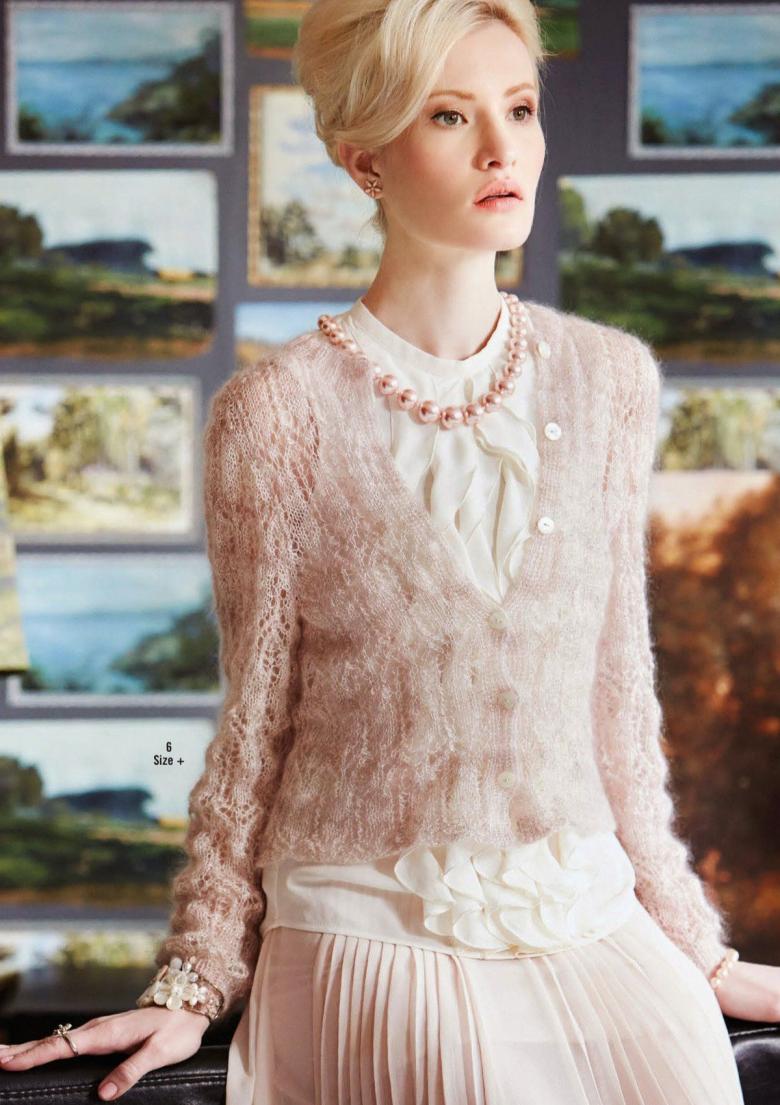
A sweater for a girl
Mohair is notable for the fact that, regardless of the complexity of the pattern, the products always turn out cozy and original. To knit a sweater with needles, you need basic skills.

The knitting scheme is simple:
- Take measurements, make a pattern. The fastest and easiest option is to draw a rectangle on paper, whose width is half the volume of the waist with allowances, and the length - the desired length of the product. Do the same with the sleeves. Experienced knitters advise beginners to take an old favorite sweater that suits the size, spread it flat on a table or on the floor, and apply the future product to it while knitting. That way there will be no mistake.
- Knit the back with a straight stitch;
- Front knit as back, and on the chest do a simple heart-shaped handkerchief pattern (photos of simple schemes in abundance published on the thematic and handmade sites);
- Tie the sleeves in a similar way, with a straight stitch;
- Assemble the product by stitching all its elements.
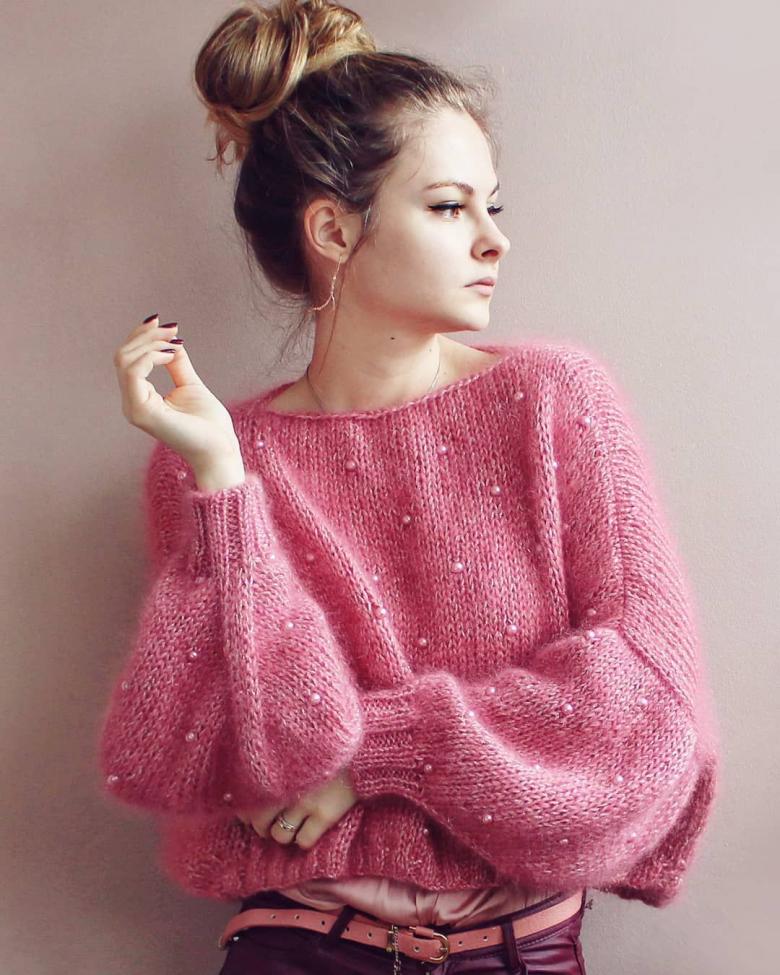
Tie a rubber band at the neck and bottom of the sleeves, at the bottom of the sweater - at will and the idea. If you make a V-neck, the sweater turns into a pullover.
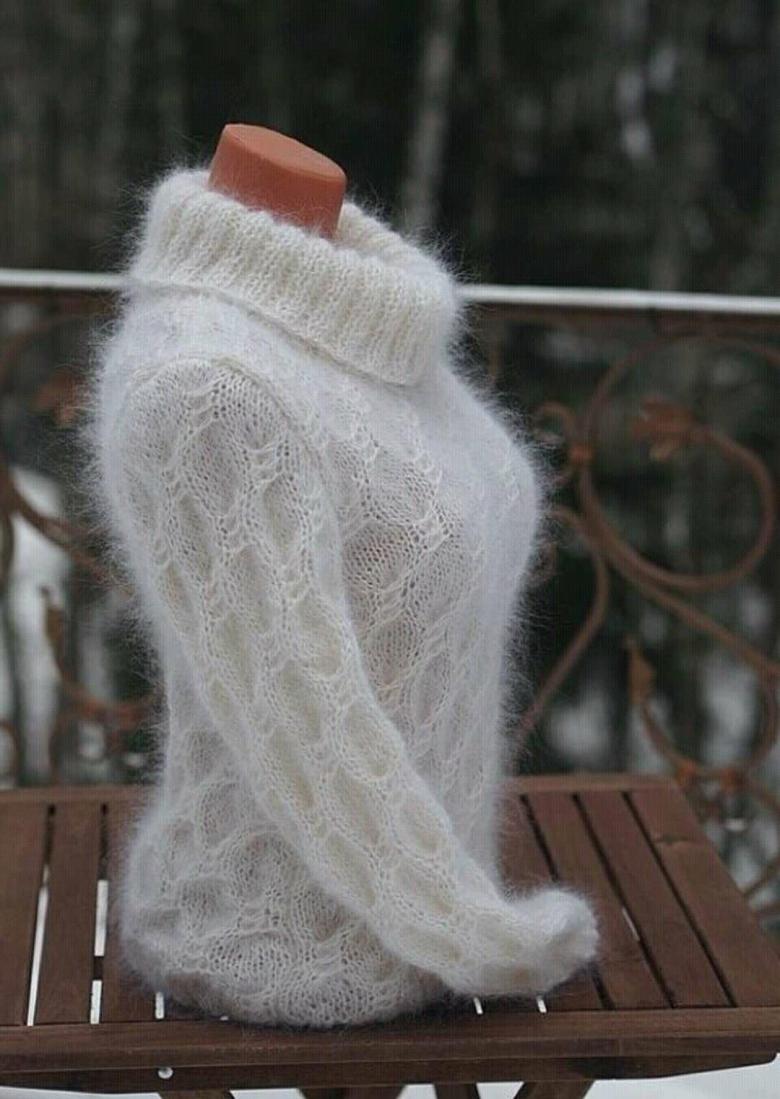
By gaining experience and "getting the hang of it," you can play with the pattern. If the front is divided into two strips, the product is elongated to the knees, equipped with a belt and beautifully designed neckline, you get a gentle cardigan.

Mohair has no analogues among the variety of yarns. It has the unique property of high thermal insulation, which is preserved by openwork knitting. Only mohair is able to give a feeling of cozy warmth with a light and weightless texture.

